A Haemometer Round HB Tube Complete Set, often referred to as Sahli’s Haemometer, is a classic apparatus used in clinical laboratories for estimating hemoglobin concentration in blood. It is based on the Sahli’s method (acid hematin method), which involves converting hemoglobin to acid hematin and comparing the color intensity with a standard.
Components of the Sahli’s Haemometer Set:
- HB Tube (Haemoglobin Tube):
- A graduated glass tube with a brown tinted area for color comparison.
- The tube is marked in grams per deciliter (g/dL) to measure hemoglobin concentration.
- Typically has a round bottom to allow easy mixing of the sample.
- Pipette:
- A calibrated pipette used to draw a specific volume of blood (usually 20 microliters).
- It may have a rubber bulb for easy control of the liquid.
- N/10 HCl (Hydrochloric Acid):
- Used to lyse the red blood cells, releasing hemoglobin and converting it to acid hematin.
- This solution is provided in a dropper bottle for easy handling.
- Stirrer (Glass Rod or Wire):
- A thin rod used to stir the blood and acid mixture, ensuring proper conversion to acid hematin.
- Color Comparator:
- A set of color standards in the form of colored glass plates or a calibrated scale within the haemometer tube.
- The color of the acid hematin solution is compared with these standards to estimate hemoglobin concentration.
- Rubber Tubing:
- Sometimes included to help in filling the pipette or for other uses.
- Instruction Manual:
- Provides guidance on how to perform the hemoglobin estimation using the Sahli’s method.
Procedure (Sahli’s Method):
- Blood Collection:
- A small sample of blood is drawn using the pipette.
- Addition of HCl:
- The blood sample is mixed with N/10 HCl in the HB tube, converting hemoglobin to acid hematin.
- Color Comparison:
- After waiting for a specified time, the color of the acid hematin solution is compared against the standard color chart to determine the hemoglobin concentration.
- Reading the Result:
- The result is read directly from the graduated scale on the HB tube, usually in g/dL.
Usage:
- This method is widely used in smaller laboratories or where automated hemoglobin measurement devices are not available.
- It’s a manual method and requires careful handling to ensure accuracy.
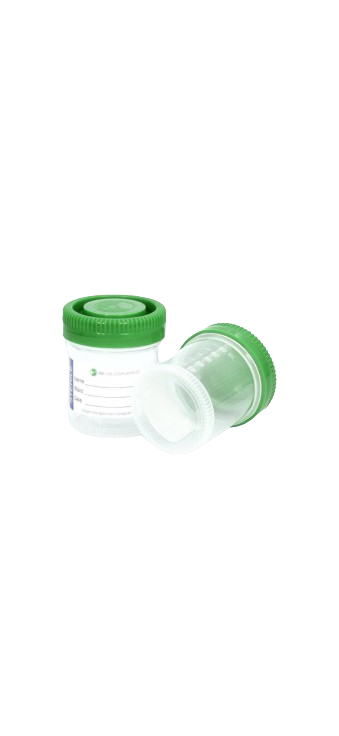


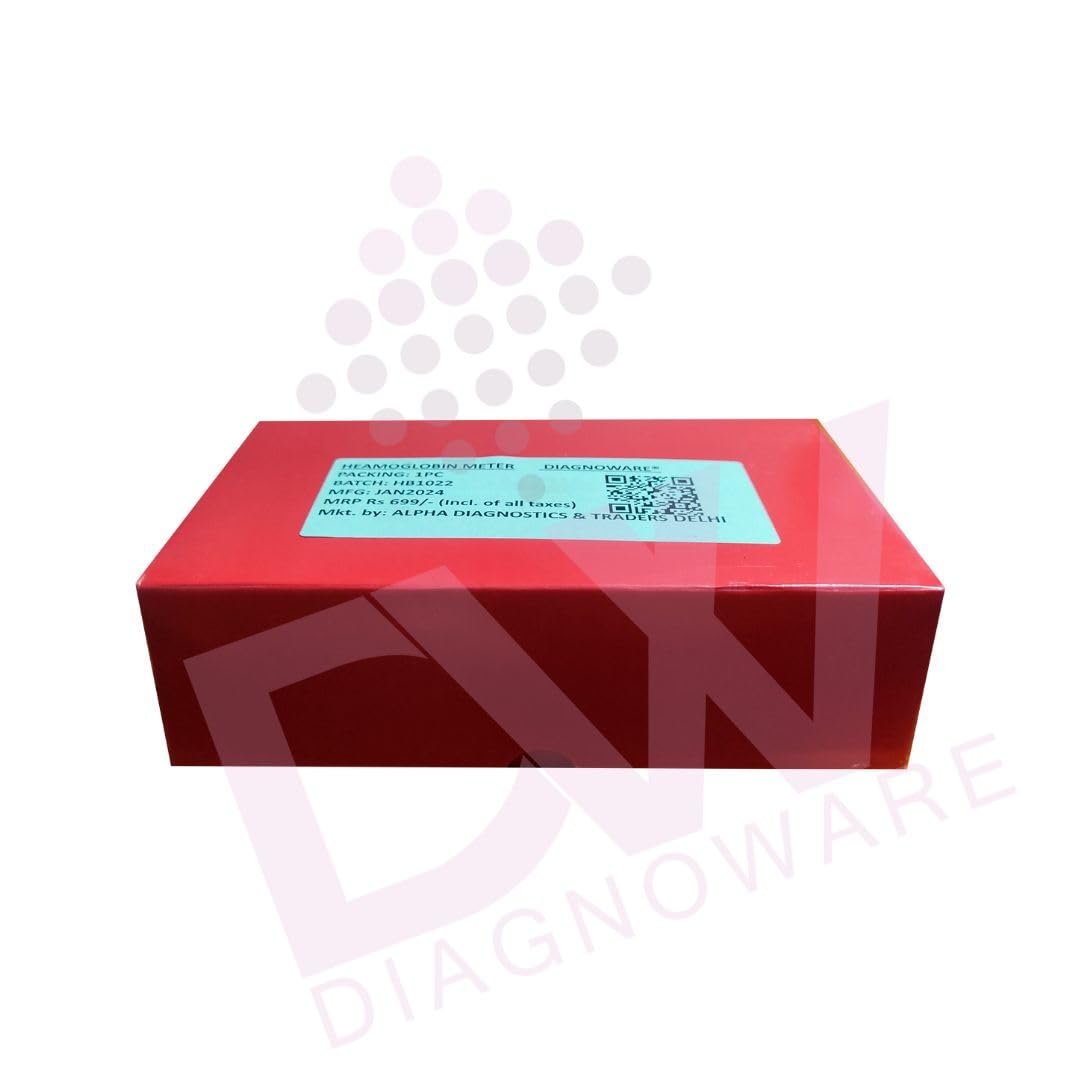
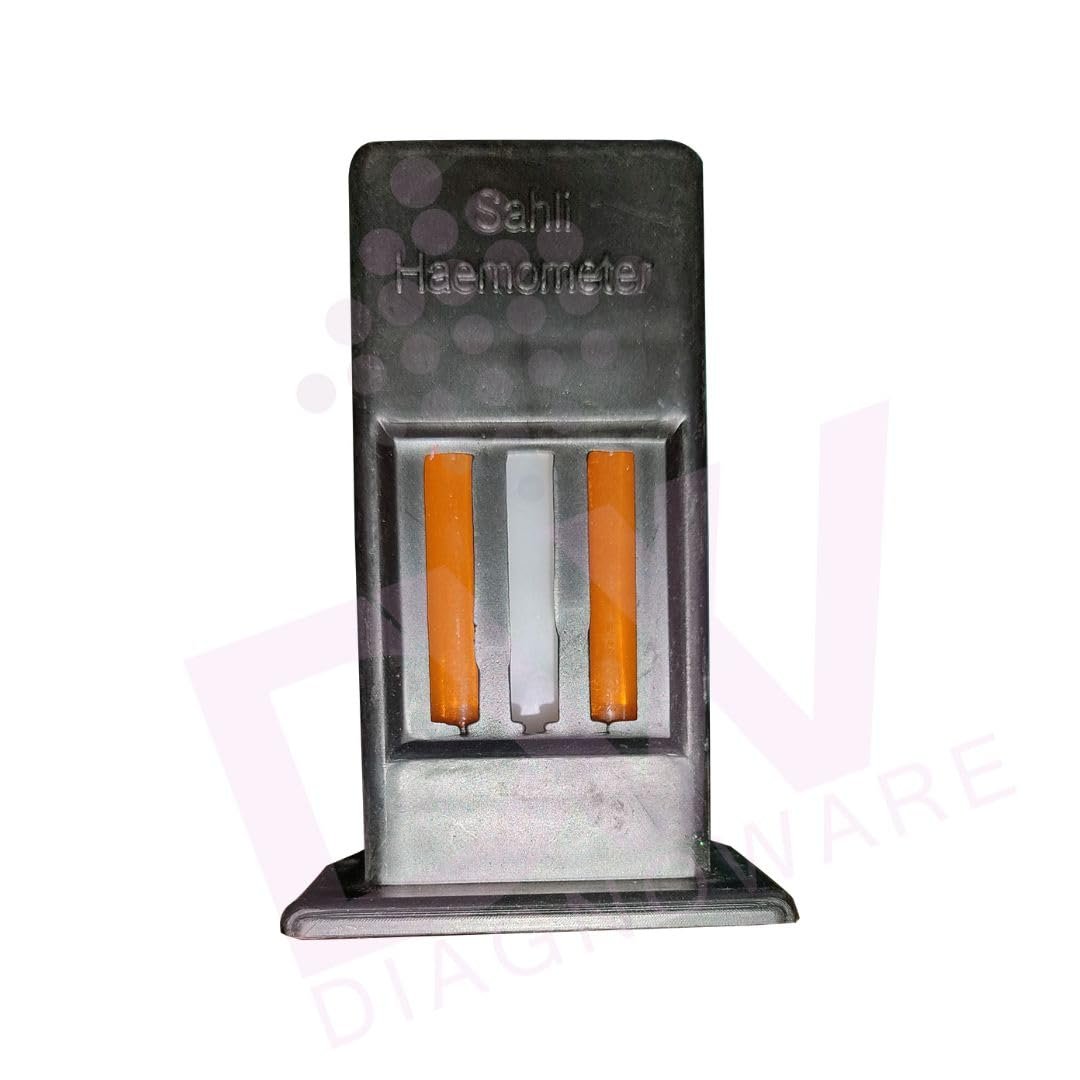
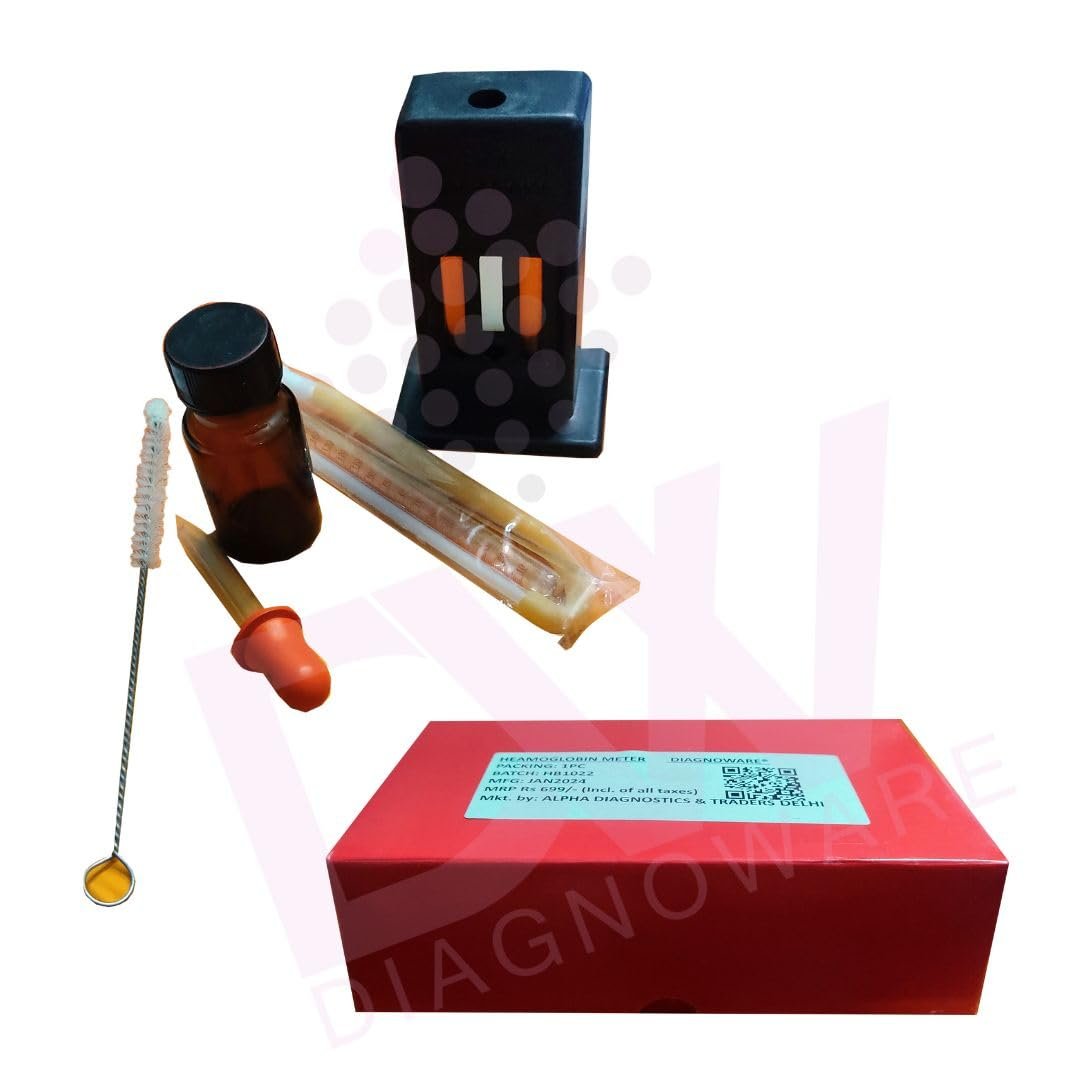
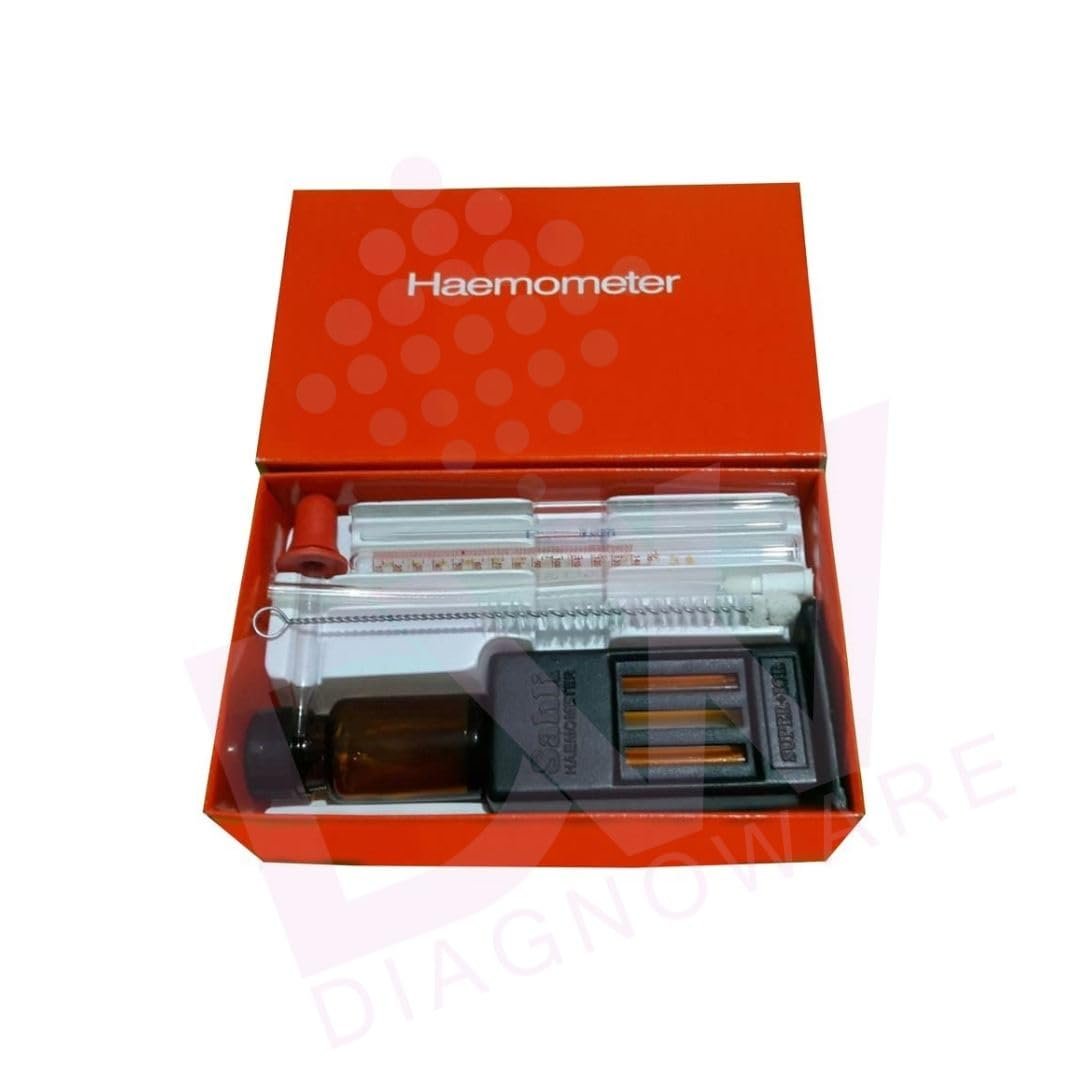
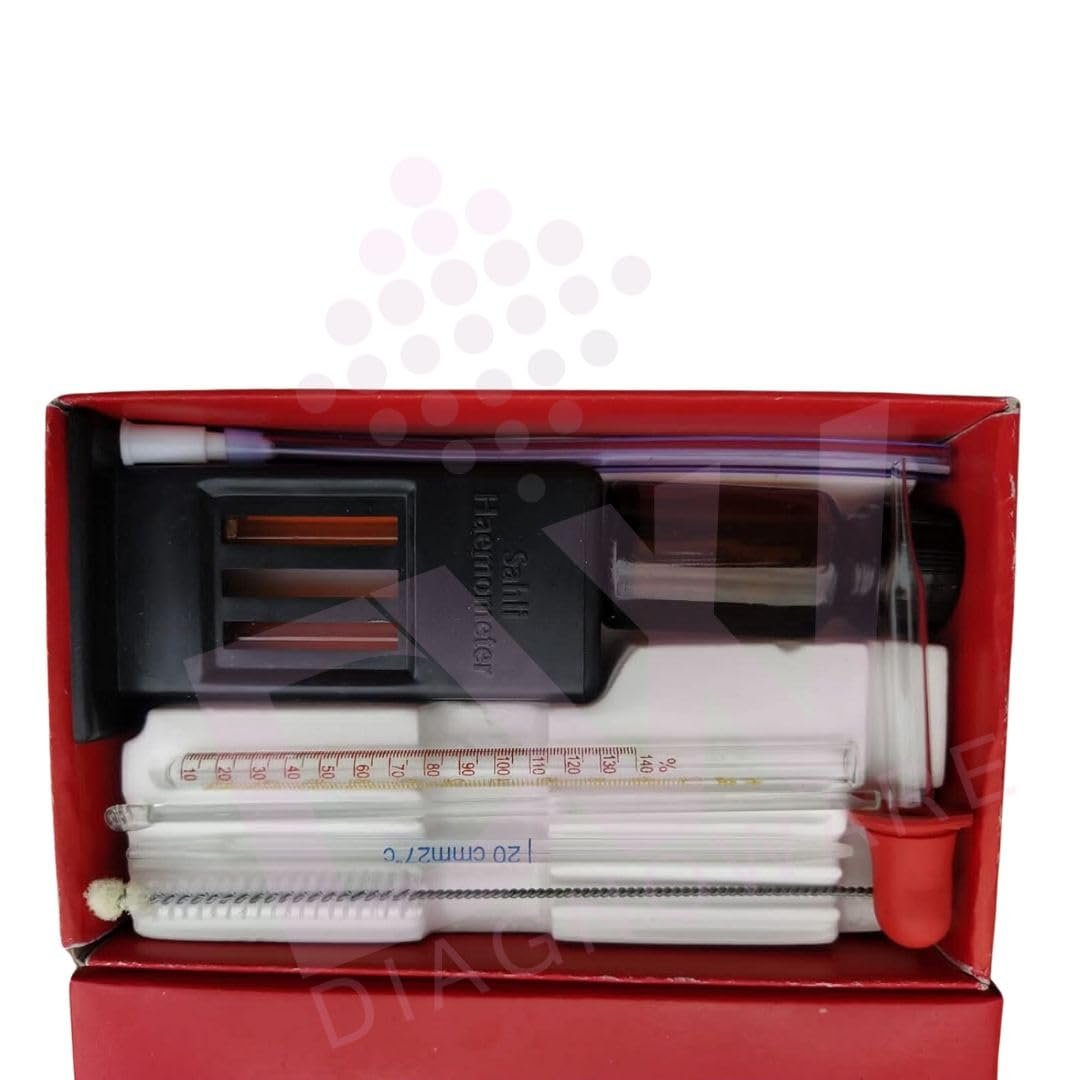
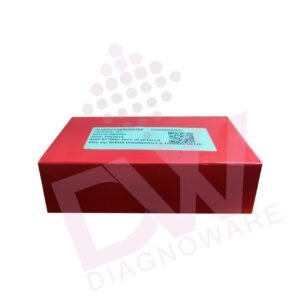
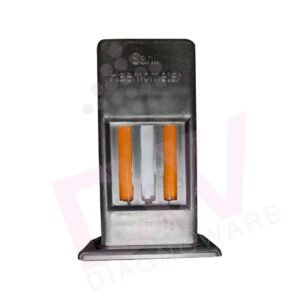

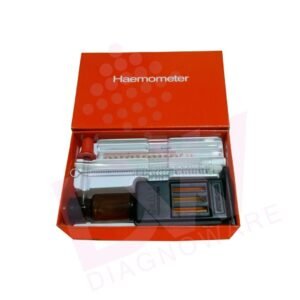
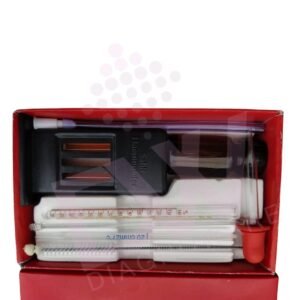
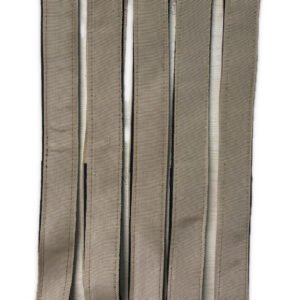
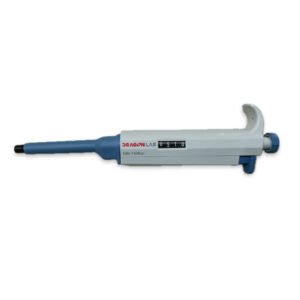

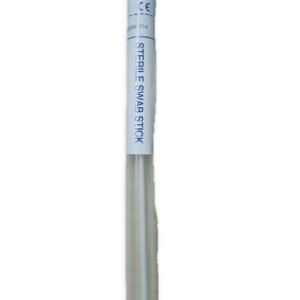



Reviews
There are no reviews yet.